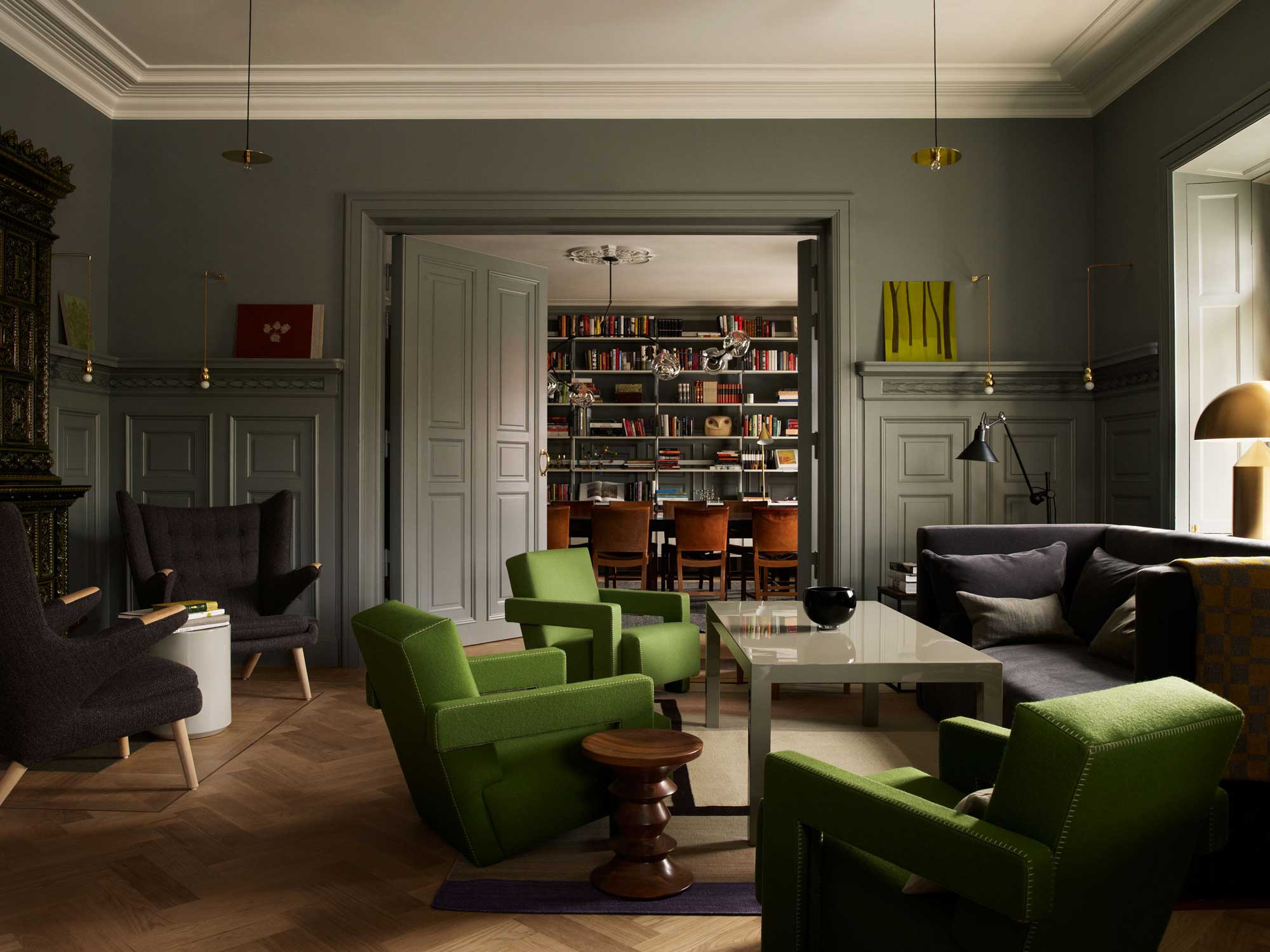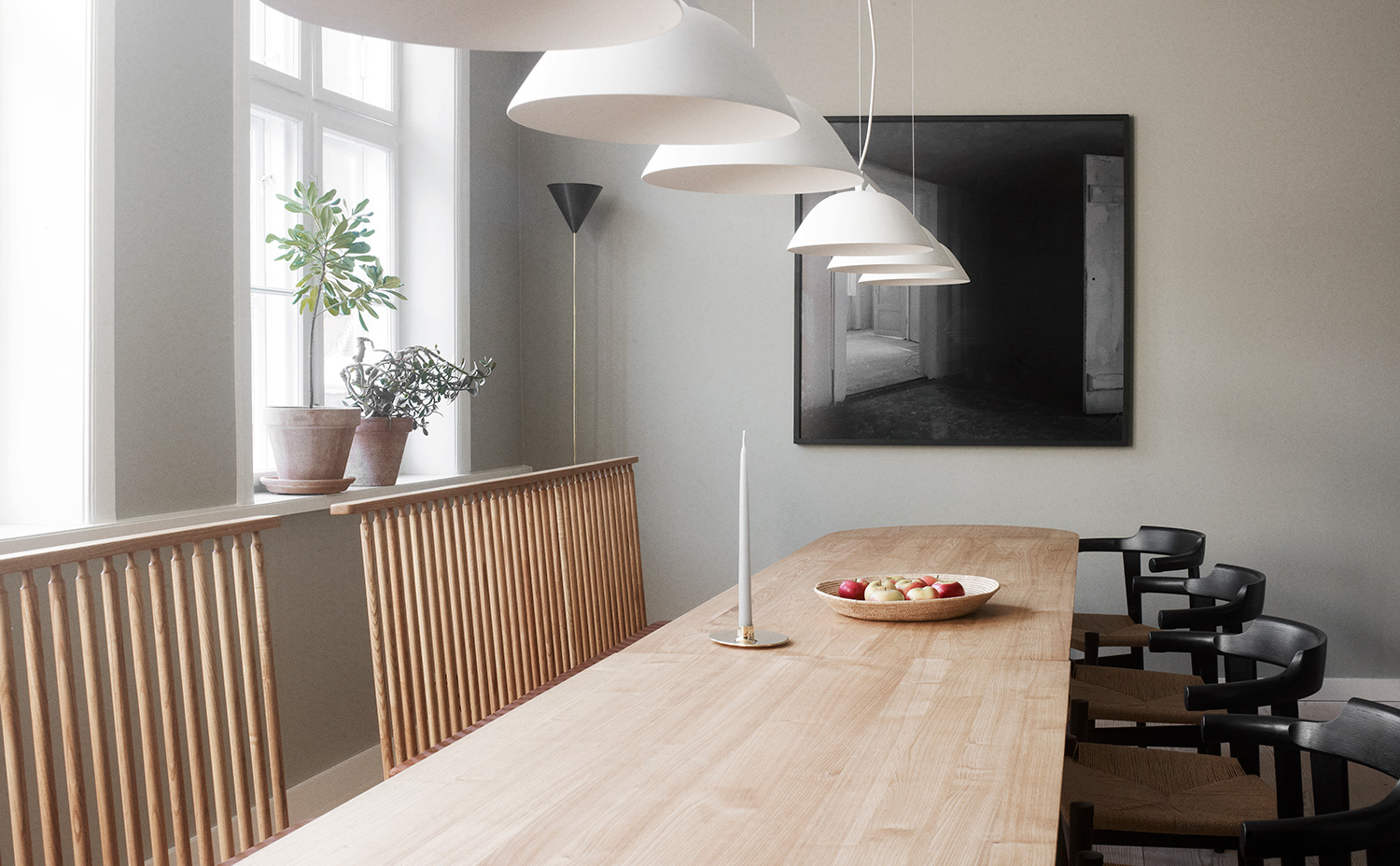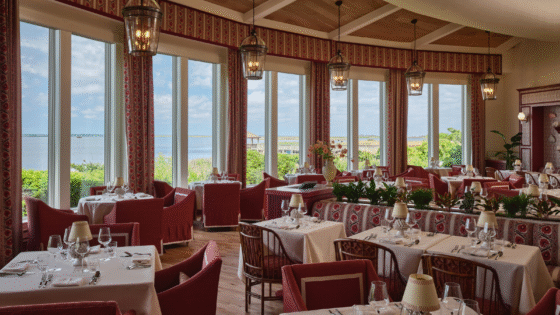To launch the new chapter of Hotel Designs, Hamish Kilburn investigates how one woman, her editorship and her questions over convention helped to change modern international hotel design by challenging the very foundations it sits on…
Every now and then, the world is introduced to a design icon who, through making their visions into reality, helps to shift attitudes by challenging conventional forms.

For Ilse Crawford, the founding Editor-In-Chief of British Elle Decoration, the design world was somewhat lacking reference of everyday movement when she decided to step into the shoes of her designer readers.
In 1997, a decade on from founding British Elle Decoration, Crawford asked the world to “liberate your senses and change your life” when she published her first book, Sensual Home, which mapped out how the living environment can engage us sensually as well as visually from the perspective of sight, sound, taste, touch and smell. And was, for Crawford, the start of a new journey. “Writing the book was the ‘ah-hah’ moment, because it wasn’t the current understanding of design,” she explained in the Netflix documentary, Abstract: The Art of Design. “The days of being a two-dimensional person were over.”
The defiant leap from narrator to creator came one year later after she signed off as Editor-In-Chief. Having completed her mission to launch a contemporary magazine for a wide audience, Crawford worked for Donna Karan and getting her hands dirty, she became a maker. Crawford’s first hotel interior design brief was presented to her immediately after she left Elle Decoration when she was asked to convert a stately home for Nick Jones of Soho House into what we now know of as Babington House. “Nick originally wanted this place to look and feel like a stately home, but I was very clear that that’s the last thing it should be,” Crawford explained in Abstract: The Art of Design. “My proposal was that it should be a very informal place where you could just treat as if it was your own, like a family house of a friend where the parents had gone away and left the key the drinks cabinet.” Breaking the rules of the time, Crawford’s design stole the headlines and her journey as an interior design began.
“The project saw the transformation of a former industrial building in the Meatpacking district into a 27-key design hotel.”
From the rural British countryside to the bustling scene of Manhattan, Crawford’s skillful and sensitive approach was called upon to create the first outpost of Soho House outside the UK. The project saw the transformation of a former industrial building in the Meatpacking district into a 27-key design hotel, including bars, a restaurant, cinema and rooftop pool. Soho House New York opened to become the definitive third space for the transatlantic media crowd.
Her aim as an interior designer is to put human needs and desires at the centre of all that she does. Working in commercial and residential design, and blurring the lines between both, Crawford has changed many environments for the better of those who use them. Ett Hem Hotel was a conversion project of a former arts and crafts building. The 12-key guesthouse is described by Crawford as “a place to stay for the modern traveller, a home-from-home, where flexibility of space and function is central to the hotel’s operation,” she says. “There is no division between front and back of house – anything can happen anywhere at any time.”

Image caption/credit: Ett Hem Hotel. Interiors by Ilse Crawford
As someone who truly lives and breathes the industry in which she used to curate on the pages of Elle Decoration, Crawford wears many hats as a modern designer. In her own admission to Interior Design magazine, she confessed that “the line between my work and life is thin to non-existent.” Working from her London studio, which is directly below her home, Crawford’s knowledge in interiors has allowed her to extend her portfolio to include product design. The Sinnerlig Collection for IKEA includes 30 pieces of of furniture, lighting and tabletop collection. “They explore natural materials and are simple,” Crawford explains on her website. “They are helpful, background pieces, not showstoppers.” Tactile materials such as cork, ceramic, glass, seagrass and bamboo appealed in the design concept because they felt as good as they looked.
“Maison&Objet awarded Crawford the prestigious title of Designer of the Year 2016.”
The Together Table was another design that challenged existing products on the market. Confronting the design of conventional four-cornered tables, Crawford simply rounded the edges of the table, which as a result naturally invited people to move around it more freely. The Ilse Sofa was the result of a collaboration with British furniture brand George Smith. The height and depth of the product’s arms and back were calculated and tested to ensure that the sofa supports as many sedentary habits of modern life. “We like to think of it as a room within a room,” Crawford explains when describing the tactile experience.

Image caption/credit: The Together Table by Ilse Crawford
Two years after she was awarded an MBE in recognition for her work in design, Maison&Objet awarded Crawford the prestigious title of Designer of the Year 2016. Since then, the modest designer has continued to evolve the hospitality landscape with completing projects such as The Lounge Plaza 66, Cathy Pacific’s iconic airport lounge in Hong Kong and the warm and inviting home-from-home that is Bukowskis.
Crawford’s philosophical visions to challenge the norm leaves a clear path for young designers who aspire, like her, to make a difference through design. As the founder of the department of Man and Wellbeing at the Design Academy Eindhoven, Crawford’s mission as a visionary is explained on her website as “nurturing a new generation of students to always question why and how their work improves the reality of life.” Her philosophy to improve the future through considered design is what makes her the leader she undoubtably is today. Her work – and her working style – is a simple, effortless reflection of the questions she asks of the designs of today and the possibilities that are garnered by second guessing what the future should look and feel like.
Crawford, an ever-evolving icon of British and international design, has metaphorically cut the ribbon to launch Hotel Designs’ new website by being the subject of the first editorial feature of the title’s new era. The newly launched slogan “defining the point of international design” is a pledge from the editorial team to its readers to cut through the noise to publish conversation starters that will filter into many debates on the hotel design scene that we all know and love. That conversation starts here, with a question that Crawford asks herself when confronted with a new project: “How can design strategically make things better?”
Main image credit: Ilse Crawford/StudioIlse




